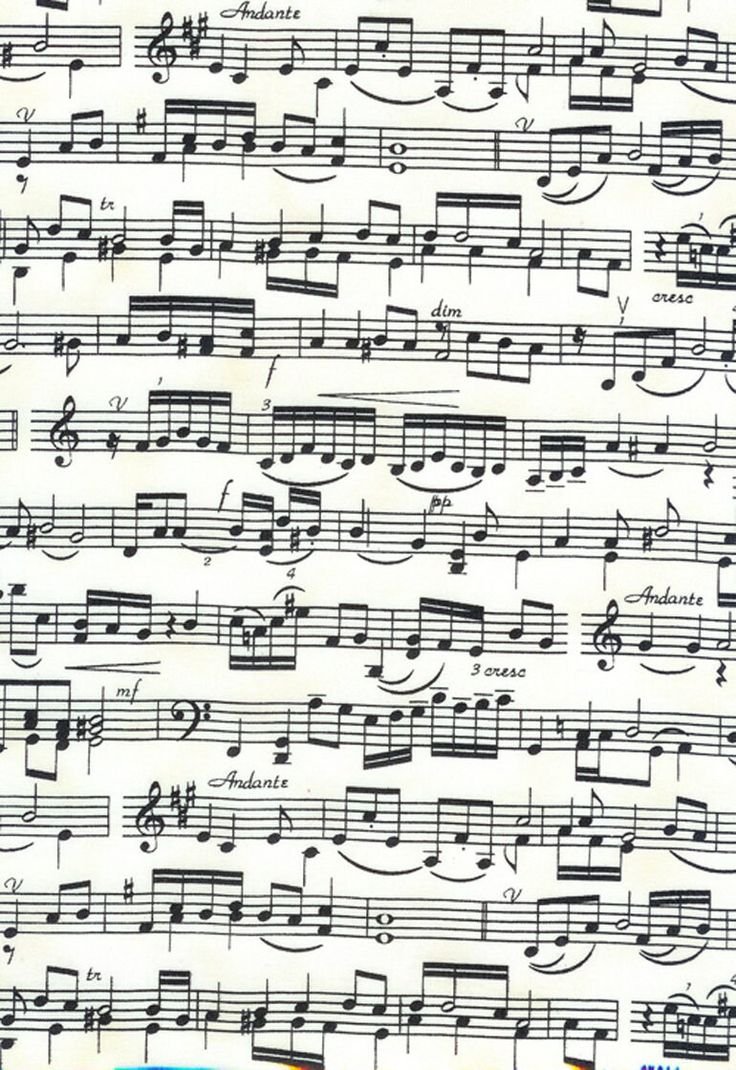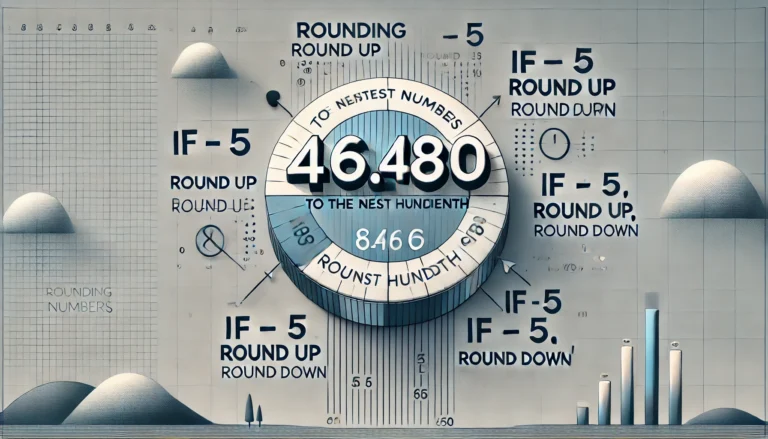
gymnopedie no 1 piano sheet music
Gymnopedie No. 1, composed by the French composer Erik Satie, is one of the most iconic and cherished pieces of classical music. Its dreamy, soothing melody has a calming effect that continues to captivate musicians and listeners alike. If you’re just beginning your journey into the world of piano, learning Gymnopedie No. 1 offers the perfect blend of challenge and simplicity. It is often included in beginner-friendly piano lessons because it is relatively easy to learn, yet rich in emotional depth. In this article, we’ll explore the history of Gymnopedie No. 1, the significance of its piano sheet music, and offer a step-by-step guide for beginners to unlock its beauty.
Understanding the Origins of Gymnopedie No. 1
To truly appreciate Gymnopedie No. 1, it’s essential to understand its origins. Composed in 1888, this piece is part of a set of three Gymnopedies by Erik Satie, often described as “ambient” or “minimalist” music long before these terms became part of the modern musical lexicon. Satie himself was an eccentric and innovative composer who sought to challenge the conventions of classical music. His goal was to create pieces that had a simpler, more introspective mood, unlike the grand, complex compositions of the late 19th century.
Gymnopedie No. 1 stands out because of its slow, melancholic, yet peaceful melody. The term “Gymnopedie” refers to an ancient Greek festival involving slow, deliberate dance movements, which mirrors the pace of the music itself. The composition’s repeating patterns and harmonies provide a rich texture that allows even beginner pianists to produce a piece that sounds full and professional.
Why Gymnopedie No. 1 is Ideal for Beginners
As a beginner, one of the greatest challenges is finding music that is both enjoyable and manageable. Gymnopedie No. 1 piano sheet music offers the perfect balance. While technically simple, the piece helps beginners practice essential piano skills like timing, dynamics, and expression without overwhelming them with complex rhythms or fast tempos.
1. Easy Tempo and Rhythmic Simplicity: The slow tempo of Gymnopedie No. 1 gives beginners the chance to focus on the emotional aspects of playing the piano rather than being bogged down by technical difficulties. The rhythm is steady and clear, making it easy for those who are still getting accustomed to reading and playing piano sheet music.
2. Emphasis on Expression: While the notes in Gymnopedie No. 1 are not difficult to play, Satie’s genius lies in the emotions behind the music. For beginners, this provides an opportunity to practice playing with feeling and emotion—an essential skill for any pianist. Even though it is a simple piece, playing it with the right dynamics and phrasing can make it sound complex and evocative.
3. Simple Harmonic Structure: The harmonic structure of Gymnopedie No. 1 is straightforward but beautifully composed. The piece primarily uses major and minor chords, giving beginners the opportunity to familiarize themselves with basic harmonic progressions. This also helps in improving chord recognition and transitions.
Where to Find Free Gymnopedie No. 1 Piano Sheet Music
As a beginner pianist, one of the biggest perks of starting with Gymnopedie No. 1 is that its sheet music is widely available online for free. Many websites offer downloadable versions of the piece in various formats, some simplified for true beginners and others in their original form.
Here are some top sources where you can find gymnopedie no 1 piano sheet music for free:
1. IMSLP (International Music Score Library Project): One of the largest free online repositories of public domain sheet music, IMSLP offers the original version of Gymnopedie No. 1 along with many other works by Erik Satie. Since the piece is in the public domain, it is completely legal to download and print the sheet music.
2. MuseScore: MuseScore provides a vast selection of user-uploaded piano sheet music, including simplified and original versions of Gymnopedie No. 1. You can either view the sheet music directly on the site or download it as a PDF file.
3. 8Notes: This website offers free sheet music for beginners, including Gymnopedie No. 1. It also provides options for different skill levels, so you can start with a simpler version and gradually work your way up to the original arrangement.
Step-by-Step Guide to Learning Gymnopedie No. 1
Now that you have access to the gymnopedie no 1 piano sheet music, let’s dive into how to effectively learn and practice this piece.
1. Study the Sheet Music: Before you sit at the piano, spend some time simply looking at the sheet music. Pay attention to the time signature, key signature, and any dynamics marked on the score. Gymnopedie No. 1 is written in 3/4 time, which means there are three beats per measure, and each quarter note gets one beat. The piece is in D major, but Satie frequently uses accidentals to create a more fluid and dreamlike sound.
2. Break it Down: Begin by learning the piece in small sections. Take it measure by measure or phrase by phrase. Focus on the right hand first, which carries the melody, and then work on the left hand, which supports the melody with a gentle, repeating accompaniment. Make sure you can play each hand separately before attempting to play both hands together.
3. Focus on Timing: One of the trickiest aspects of Gymnopedie No. 1 is getting the timing right. While the rhythm is simple, the slow tempo requires precise control. Use a metronome to keep time as you practice. Start slow and gradually increase your speed until you can comfortably play at the piece’s intended tempo.
4. Add Expression: Once you are comfortable with the notes and timing, focus on the dynamics and expression. Satie’s Gymnopedie No. 1 is not just about playing the correct notes—it’s about conveying emotion. Use the dynamics marked in the sheet music as a guide, but don’t be afraid to add your own interpretation. Try to bring out the melody in the right hand while keeping the accompaniment soft and unobtrusive.
5. Practice Regularly: Consistency is key when learning any new piano piece. Practice Gymnopedie No. 1 regularly, but don’t rush. Allow yourself the time to get comfortable with each section before moving on. The more familiar you become with the piece, the more you’ll be able to add your own personal touch to the music.
The Emotional Impact of Gymnopedie No. 1
One of the reasons Gymnopedie No. 1 has endured in popularity is its emotional depth. The piece is often described as melancholic yet peaceful, invoking a sense of introspection. For beginner pianists, mastering this piece can feel incredibly rewarding, not just because of its technical aspects but also because of its emotional resonance.
Playing Gymnopedie No. 1 allows beginners to connect with the music on a deeper level, experiencing firsthand how a simple composition can evoke such powerful feelings. This connection between the player and the music is what makes learning the piano such a fulfilling experience.
Tips for Playing Gymnopedie No. 1 Like a Pro
While Gymnopedie No. 1 is an accessible piece for beginners, there are a few techniques that can take your performance from good to great.
1. Use the Pedal Sparingly: The sustain pedal is essential for creating the flowing, legato sound of Gymnopedie No. 1, but it’s important not to overdo it. Too much pedal can make the piece sound muddy. Practice pedaling lightly and releasing it regularly to ensure clarity between notes.
2. Focus on the Melody: The right hand carries the melody in Gymnopedie No. 1, while the left hand provides a simple accompaniment. To avoid overwhelming the melody, make sure your left hand plays softly and doesn’t overpower the right hand.
3. Experiment with Dynamics: Satie’s compositions are known for their subtle use of dynamics. Don’t be afraid to play around with the volume and intensity of your performance. Adding gentle crescendos and decrescendos can help bring the piece to life and give it a more personal touch.
Conclusion: The Journey to Mastery
Gymnopedie No. 1 is more than just a piano piece; it’s an emotional journey that invites the pianist to explore the depths of their musicality. By starting with this composition, beginner pianists can develop essential skills in timing, dynamics, and expression. Whether you’re learning for personal enjoyment or as part of your piano studies, Gymnopedie No. 1 will be a rewarding piece to add to your repertoire.






